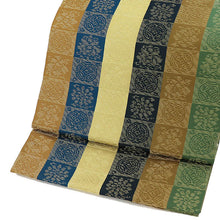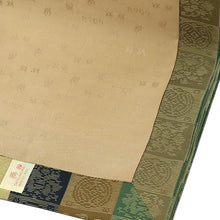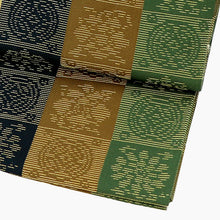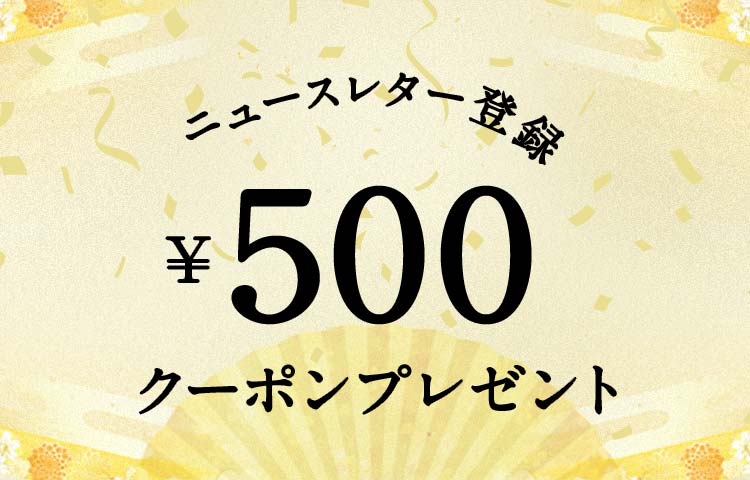Detail
| Product : | Sitate-nagoya-obi (The "Enshu"Brocade with Seven Treasures Pattern) |
|---|---|
| Type : | 帯 |
| Size (cm) : | Obi width 8" (approx. 30.0cm), length 9" 5" (approx. 3.6m) |
| Tags : | Tailored Nagoya Obi、 Famous fabric、 Enshu Cloisonne、 |
| Other : |
Reviews
Description
A silk obi with popular design.
Patterns
The "Enshū" Brocade with Seven Treasures Pattern

After the great tea-masters such as Riky ū, Oribe and Sekishū, Enshū Kobori (1577-1645) has become a distinguished expert of the tea ceremony in Japan.He contributed a great deal in designing the gardens of "Katsura" and "Shūgaku-in" and other famous gardens. Apart from garden construction, he ordered from China various works of art and craft using the cut patterns he designed himself and thus left a valuable cultural inheritance to posterity.
The "Seven Treasures" pattern called the "Enshū" pattern is one of these works and is a good proof of his order to China. The desi gn with somewhat rectangular forms enclosing a round "Shippō" pattern and flowers such as a chrysanthemum, a camelia and a peony has become most famous.
Today there are some cases where this pattern is used without conscious awareness and in this way shows its great influence.













